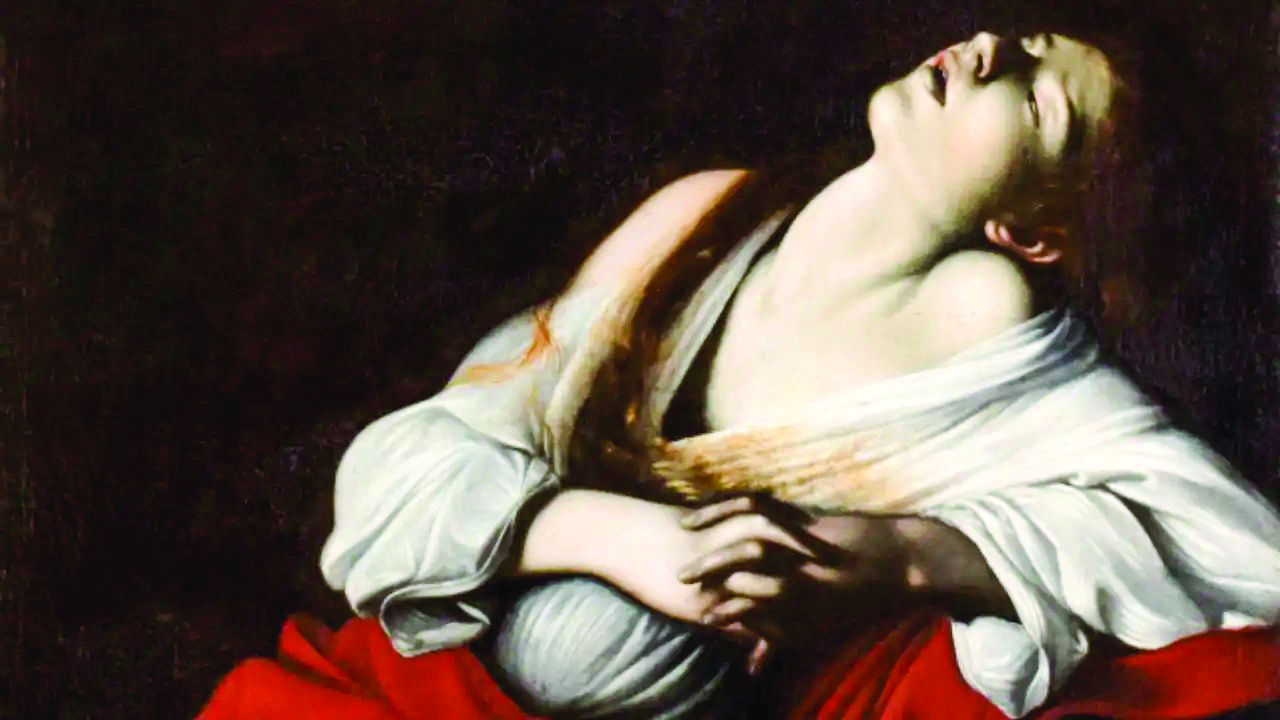
Robert Draws – Caravaggio’s Art of Light arrives in New Delhi with powerful emotional force. The Kiran Nadar Museum of Art presents Magdalene in Ecstasy (1606). This Baroque masterpiece is shown for the first time in India. The exhibition offers a rare encounter with Caravaggio’s dramatic style. Visitors experience the visual impact of chiaroscuro up close. The painting captures the emotional intensity of Mary Magdalene’s transformation. Spiritual ecstasy and human vulnerability are expressed with masterful precision. Audiences witness the raw emotion that defines Caravaggio’s legendary technique.
Caravaggio mastered the dramatic use of light and shadow. His chiaroscuro technique revolutionized Western painting. Bright illumination contrasts with deep darkness in every composition. Magdalene in Ecstasy exemplifies this visual intensity perfectly. Viewers are drawn into the painting’s spiritual tension. The divine and the earthly seem to merge in her expression. Light falls on her face while shadows consume the background. This contrast enhances the emotional realism of the scene. Caravaggio makes the invisible inner experience visually tangible. Through light, he narrates pain, transcendence, and hope simultaneously.
“Read about: The Garden of Earthly Delights: A Masterpiece of Symbolism and Fantasy”
The arrival of Magdalene in Ecstasy creates a cultural milestone for Delhi. Caravaggio rarely appears in South Asia. A European private collector shares the painting with the museum. Art historians across India celebrate its presence. The work introduces cultural and historical insights to Indian audiences. Local visitors engage directly with European Baroque art. The exhibition sparks dialogue between Indian and Italian visual traditions. The museum launches special programs to support cross-cultural exchange. Lectures and tours build public understanding of Caravaggio’s impact.
Caravaggio conveys powerful human emotion without grand gestures. Magdalene appears suspended between ecstasy and sorrow. Her closed eyes and tilted head suggest divine rapture. At the same time, her vulnerability remains clearly visible. Caravaggio captures this duality through gesture and lighting. The absence of ornate symbols focuses attention on the figure. Viewers feel intimacy and empathy while observing the scene. Her emotion becomes universal, crossing time and culture. This depth makes the painting unforgettable and emotionally resonant. Caravaggio turns spiritual narrative into shared human experience.
“Read more: Steel & Faux Wood: The Future of Sustainable Garage Door Innovation”
The museum curates the painting with care and minimalism. Lighting is designed to enhance the chiaroscuro effect. Visitors are guided toward quiet contemplation of the work. No distractions compete with the visual force of the painting. Wall texts explain historical and artistic context clearly. The environment respects the sacred and emotional tone. This display allows deeper engagement with Caravaggio’s vision. Seating is provided to encourage longer viewing and reflection. Many visitors describe the experience as meditative and moving. Museum staff help guide interpretation for all age groups.
Caravaggio painted Magdalene in Ecstasy during his time in exile. His turbulent life deepens the meaning behind spiritual subjects. Scholars rank this work among his most personal creations. He strips away theatrical elements to focus on inner emotion. Emotional realism begins to replace religious symbolism in this period. This stylistic shift influences generations of European painters. Artists like Rembrandt and Gentileschi study and adopt his bold technique. Historians recognize the painting’s major role in art history. Today, Indian audiences experience that legacy firsthand.
Caravaggio’s influence continues in today’s visual culture. Filmmakers, photographers, and painters adopt his use of contrast. His emotional directness speaks to modern sensibilities. Audiences today still connect with the humanity in his figures. His life story adds intrigue and myth to his art. Many view him as a symbol of tortured genius. The exhibition encourages reflection on spirituality in contemporary times. Caravaggio’s Art of Light offers relevance beyond historical interest. This connection strengthens appreciation for classical art in modern contexts.